1. Tuscan-Style Kitchens
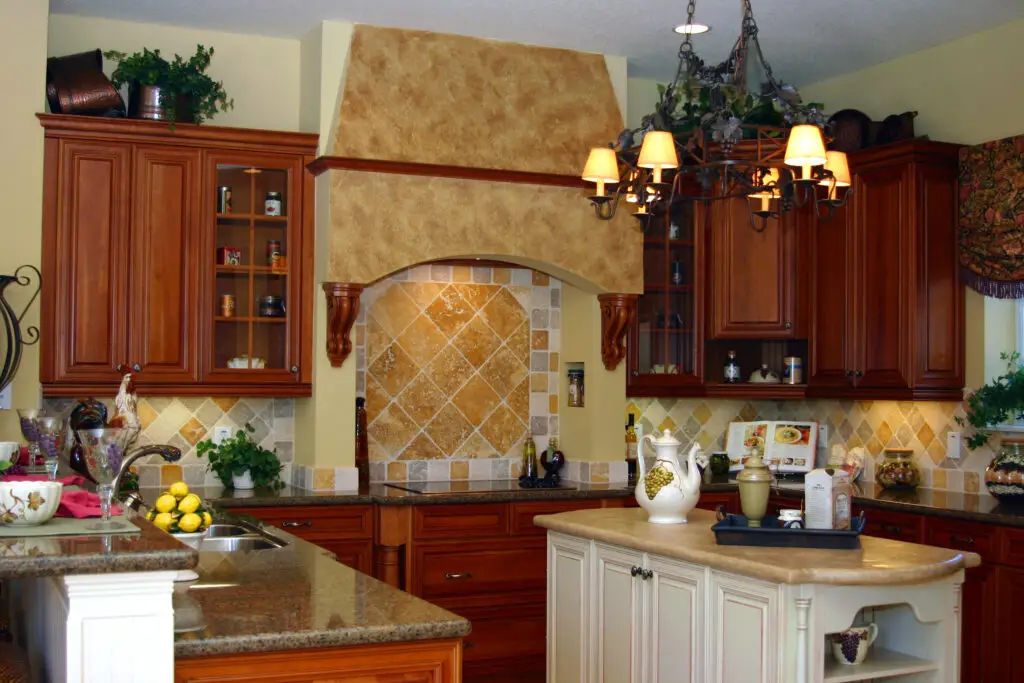
Once a symbol of sophistication, Tuscan-inspired kitchens with dark wood cabinets, wrought iron accents, and heavy textures now feel dated and overdone. The overuse of brown and gold tones makes spaces look dark and heavy. Today’s kitchens favor light, airy designs with minimalist touches.
2. Shag Carpeting
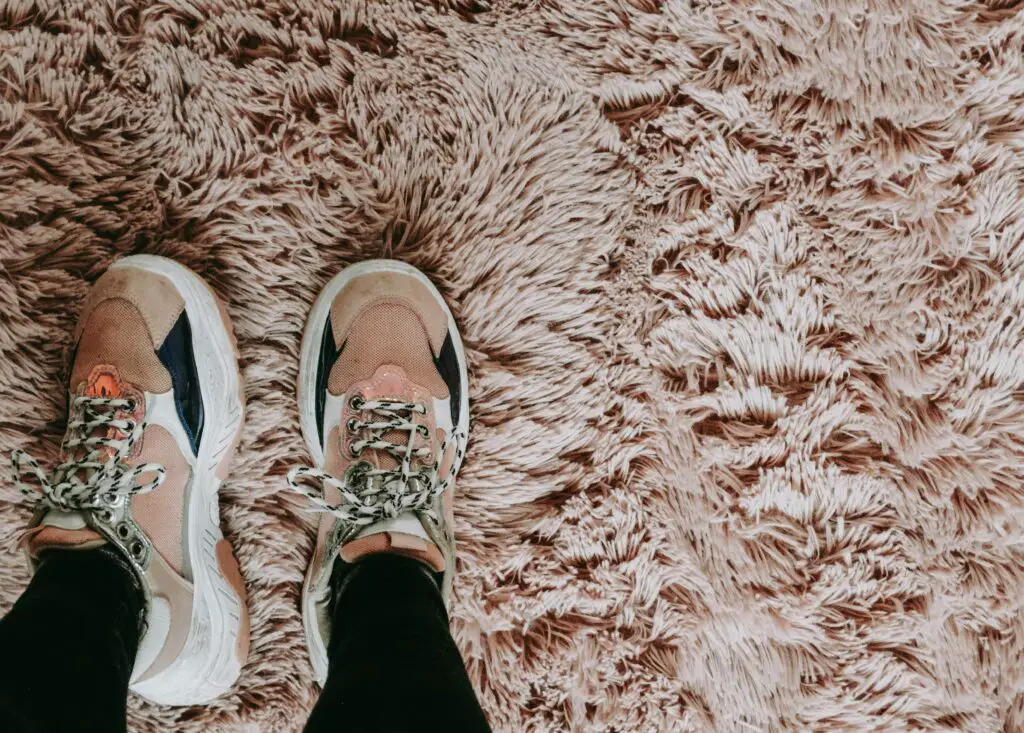
Shag carpets were a cozy staple of early 2000s homes, but their impracticality quickly fell out of favor. Cleaning them was a nightmare, as they trapped dirt and pet hair. Modern flooring trends lean toward hardwood, luxury vinyl, or low-pile rugs for ease and elegance.
3. Faux Finishes on Walls

Remember sponge painting and faux plaster textures? These DIY wall treatments were everywhere, attempting to mimic European finishes. Now, they’re considered tacky compared to clean, smooth, and neutral-colored walls.
4. Over-the-Top Granite Countertops
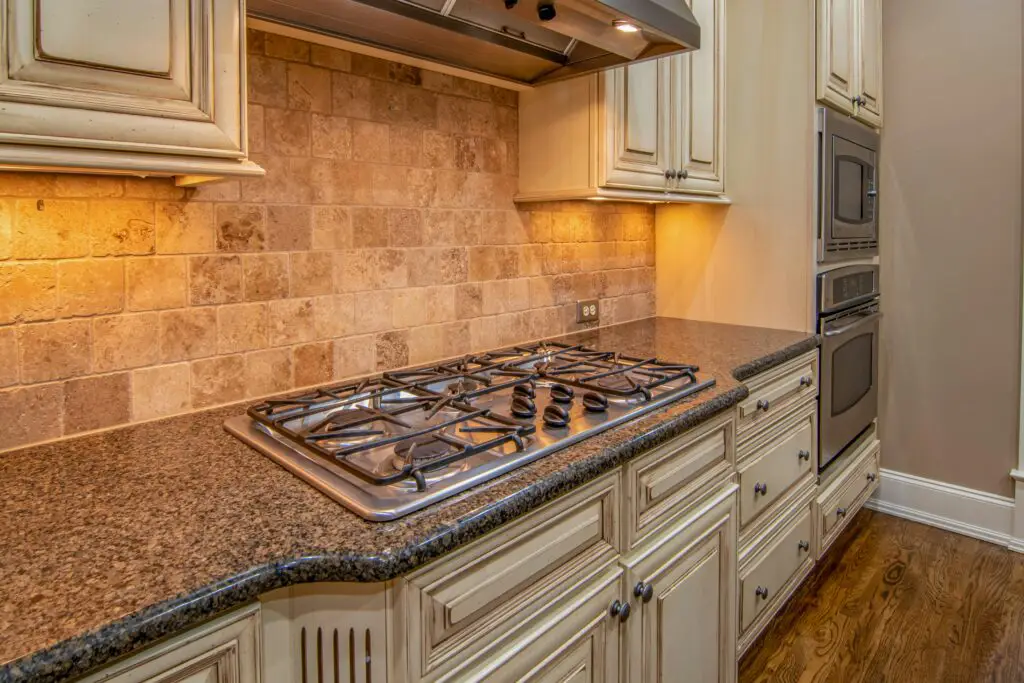
Granite was the ultimate status symbol in 2000s kitchens, especially bold, veiny patterns. However, its dominance has been replaced by quartz and other low-maintenance materials. Excessive granite feels dated, while understated surfaces reign supreme.
5. Vessel Sinks
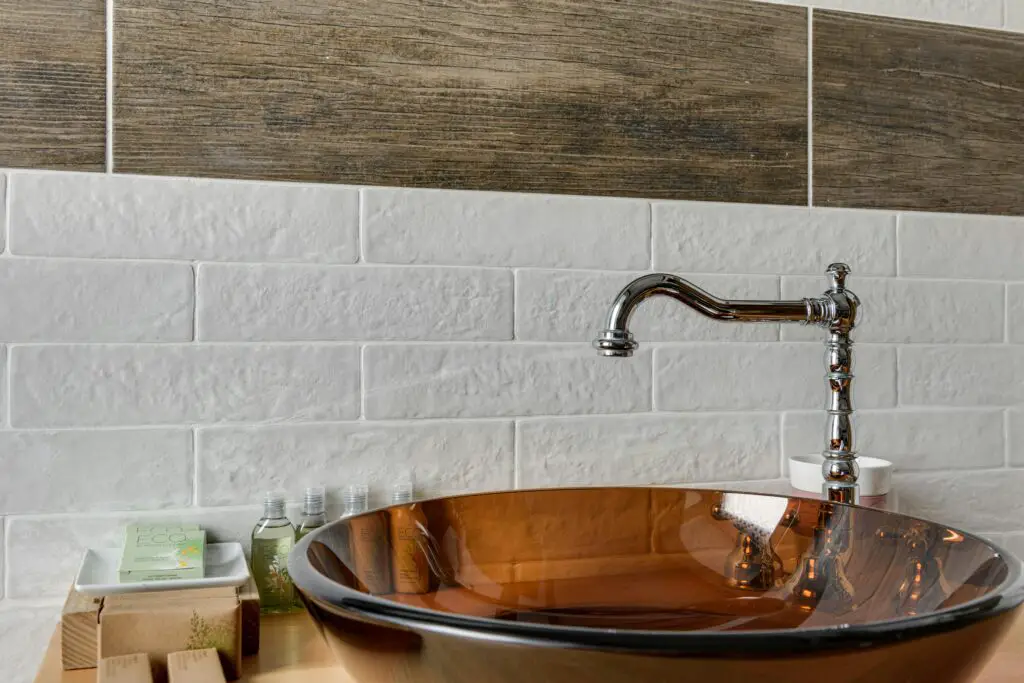
Vessel sinks, which sit on top of the countertop, were once considered chic and modern. Now, they’re often criticized for being impractical and difficult to clean. Sleek, undermount or integrated sinks are the preferred choices today.
6. Brown Leather Sectionals
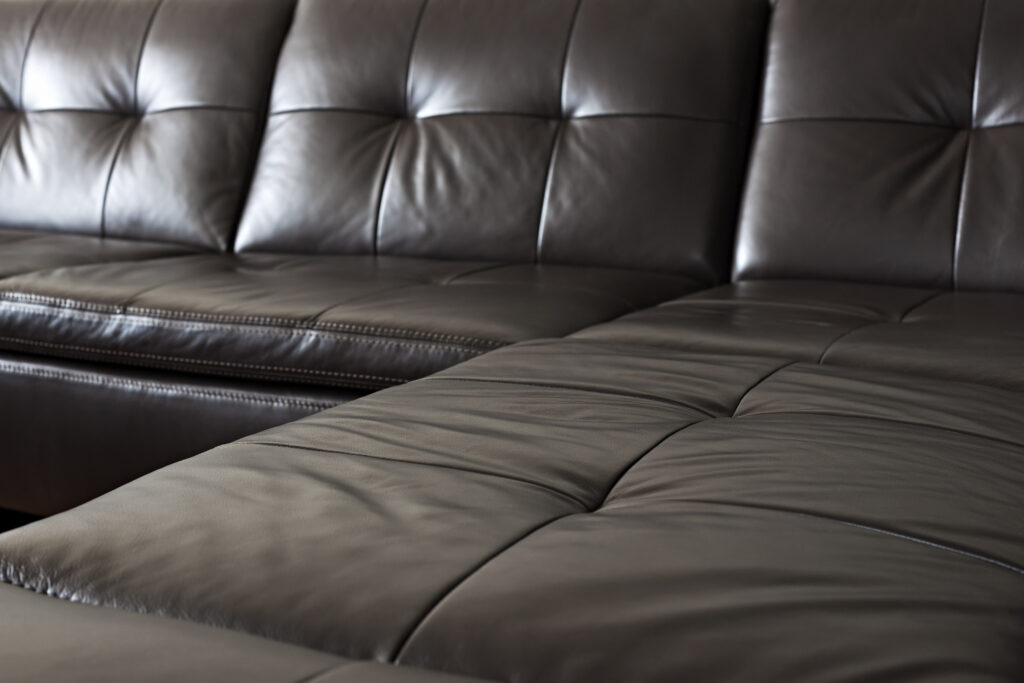
Massive brown leather sectionals were the go-to furniture choice for living rooms, aiming for a “man cave” vibe. While comfortable, they often overwhelmed the space and lacked personality. Smaller, colorful, or modular sofas are the more stylish alternative now.
7. Chevron Patterns Everywhere
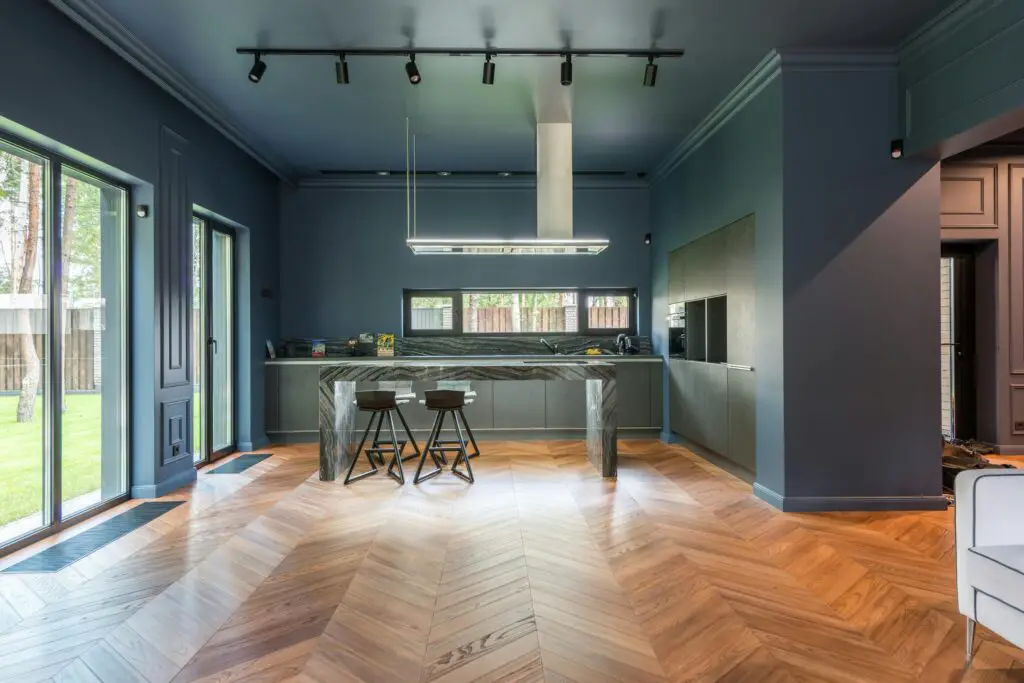
The zigzag chevron print took over homes in everything from curtains to rugs in the late 2000s. It’s now seen as overly trendy and has largely fallen out of favor. Geometric patterns in more subtle designs have taken its place.
8. Word Art Decor
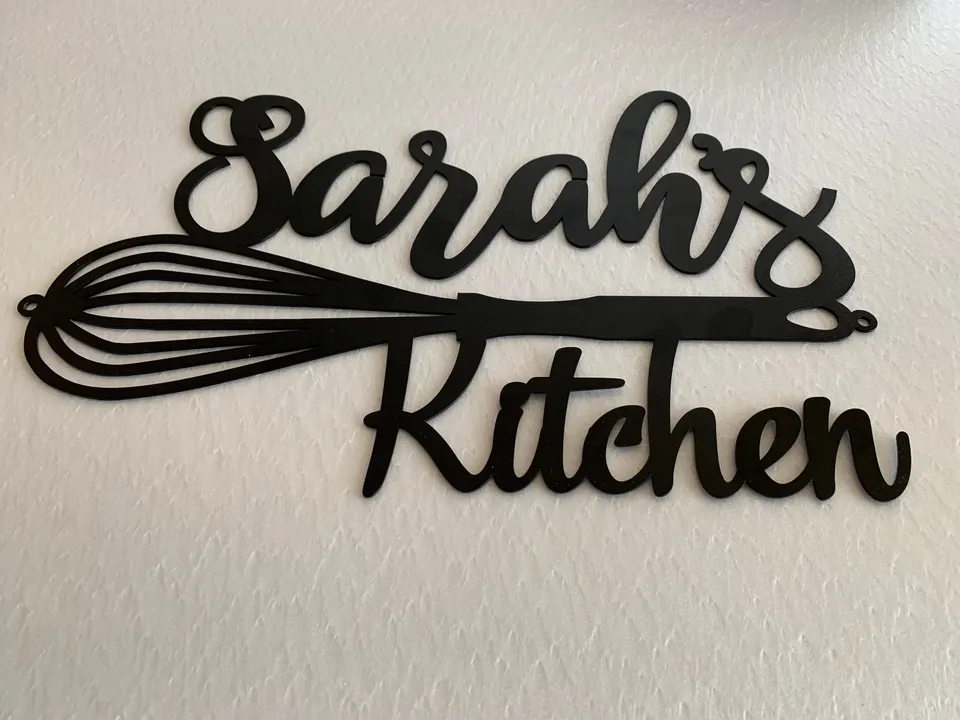
Signs that read “Live, Laugh, Love” or “Kitchen” were everywhere in 2000s homes. Once considered heartwarming, they’ve become a meme-worthy joke. Today, abstract art or minimalist designs are the go-to wall decor.
9. Striped Accent Walls
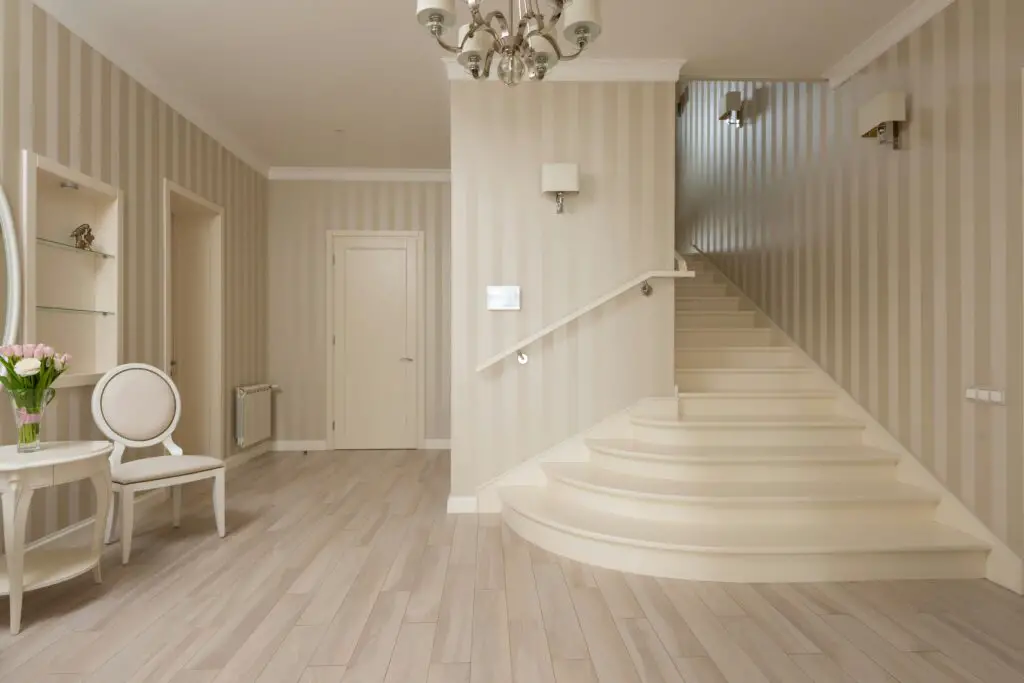
Striped walls in bold contrasting colors were all the rage, attempting to add drama to rooms. Now, they’re seen as chaotic and too trendy for their time. Solid, textured, or wallpapered feature walls have replaced them.
10. Heavy Curtain Valances

Bulky fabric valances draped across windows were a common sight, aiming to add a luxurious feel. They’ve since been replaced by simple, tailored curtains or shades for a cleaner look. Heavy valances now feel dated and fussy.
11. Matching Furniture Sets
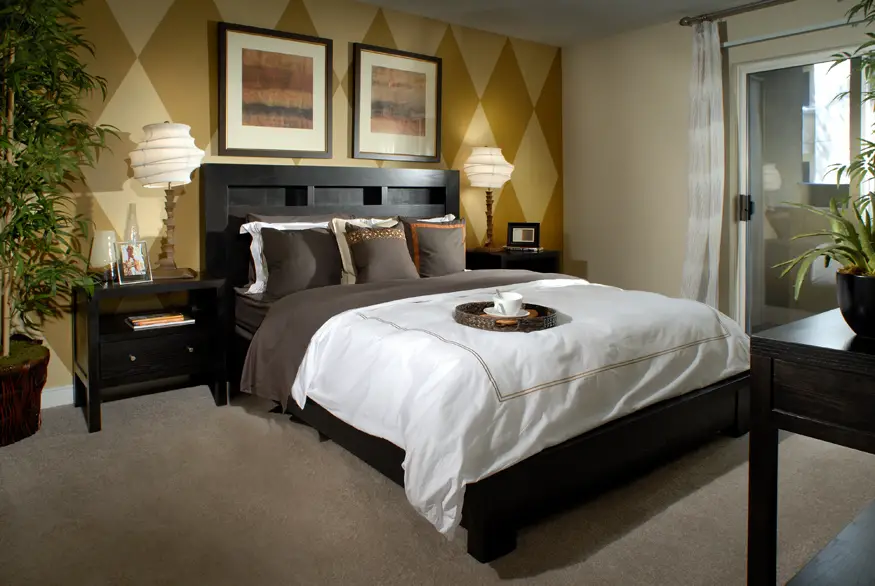
Furniture sets where every piece matched perfectly were the height of home decor convenience. However, the lack of variety often led to a stale, impersonal vibe. Today’s interiors embrace mix-and-match styles for a more curated appearance.
12. Tile Countertops
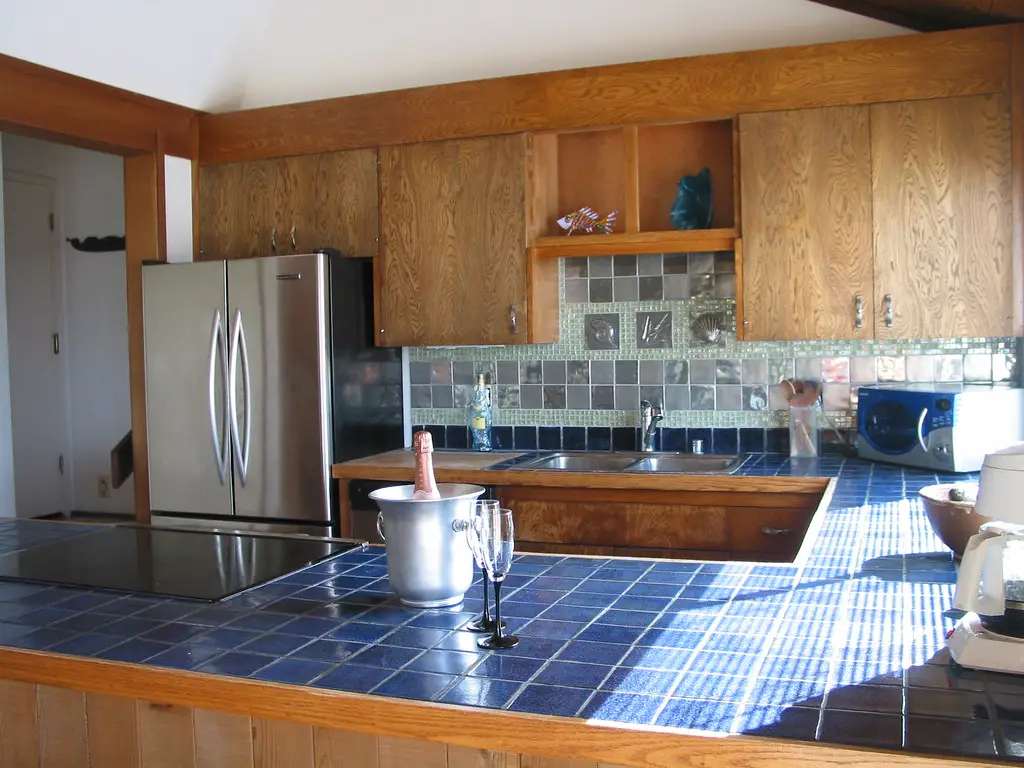
Tile countertops were a budget-friendly solution in the 2000s but came with annoying grout lines that were hard to clean. Their uneven surfaces also made them less functional. Smooth quartz or butcher block countertops have become the favored alternatives.
13. Arched Doorways Everywhere
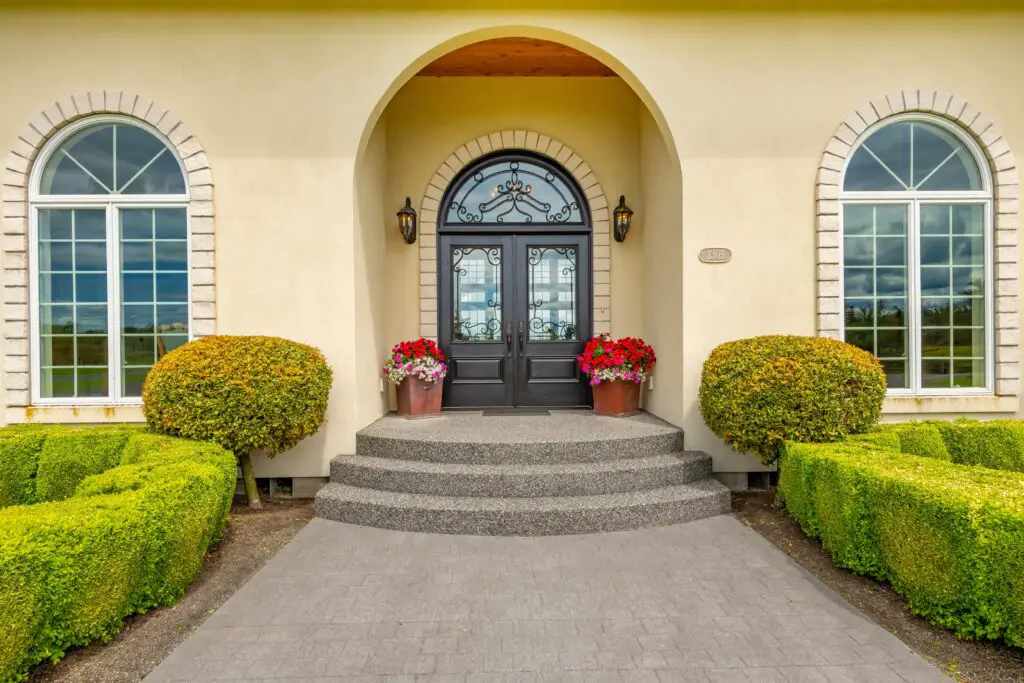
Arched doorways and niches were added for a Mediterranean-inspired flair, but they’ve since fallen out of favor. They often made homes look overly thematic. Straight, clean lines and open-concept designs are now preferred for modern homes.
14. Overly Ornate Bathroom Fixtures
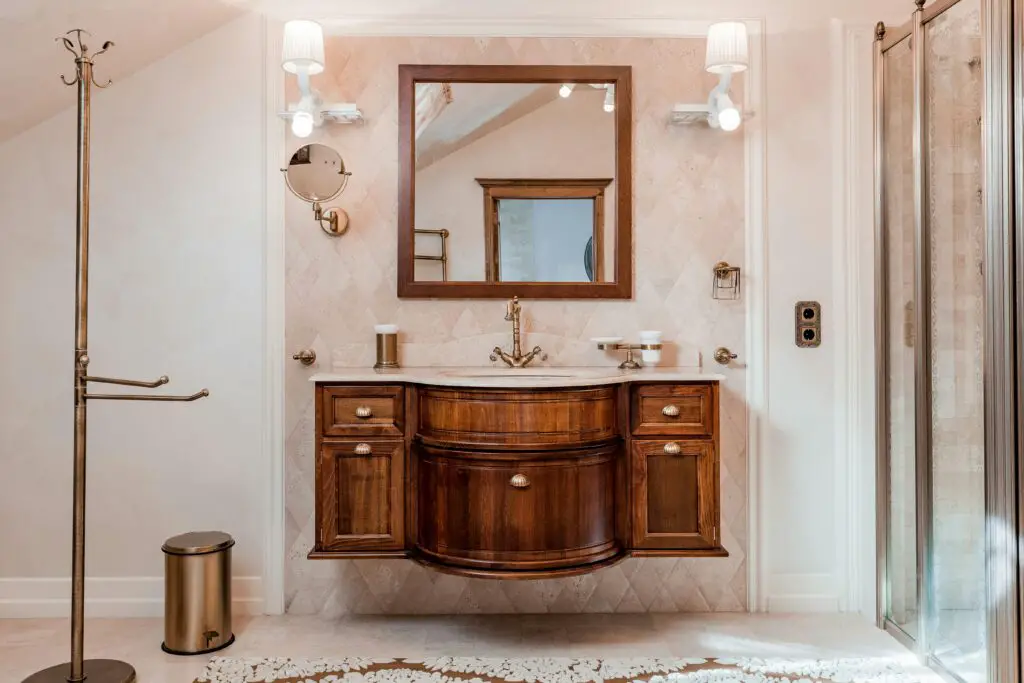
Bathrooms with gold-plated faucets, swirly designs, and intricate detailing were considered opulent. These fixtures now feel over-the-top and outdated. Sleek, matte black, or brushed nickel fixtures dominate today’s trends.
15. Wall Niches with Fake Plants
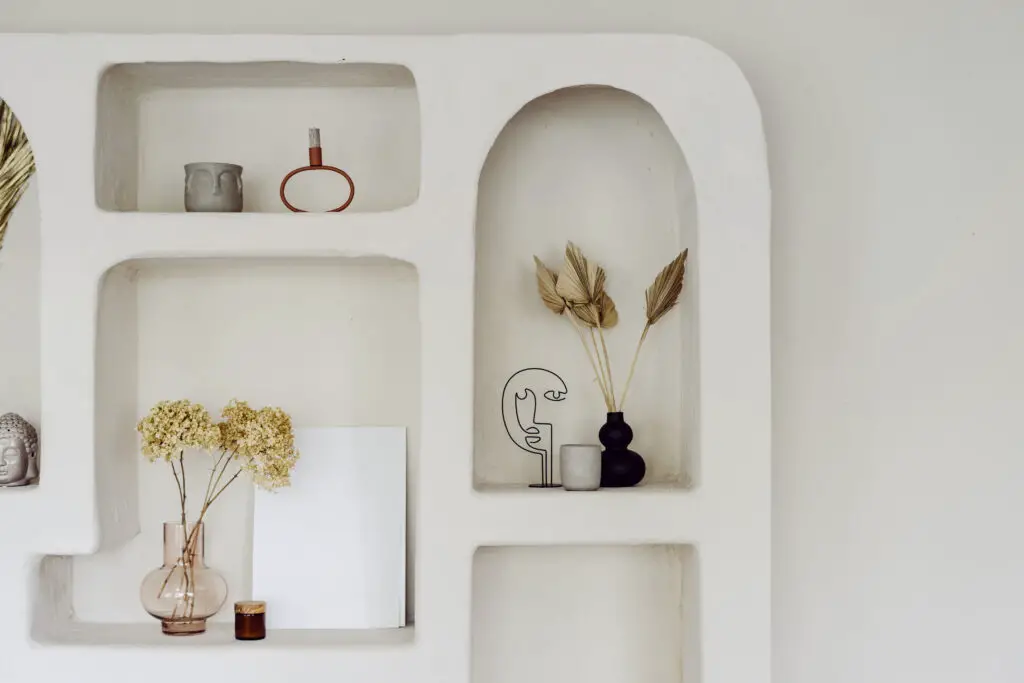
Wall niches filled with silk ivy or fake plants were once the height of sophistication. Now, they’re mocked for their artificial and cluttered look. Minimalist shelves or real greenery are the modern alternatives.
These trends may have defined the early 2000s, but they’ve been replaced by designs that prioritize functionality, simplicity, and timeless appeal. Nostalgic though they may be, they’re a reminder of how fast home decor evolves!
